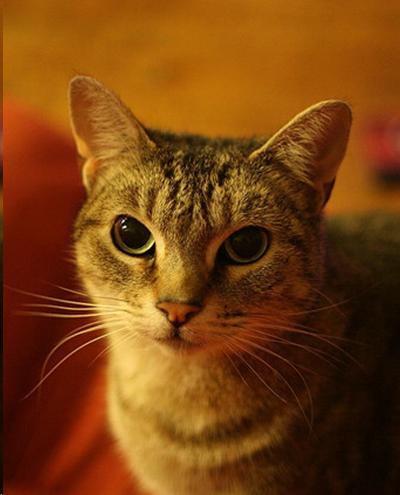
Basic reproduction of the cat
Table of Contents
Text and Images from Slide
Estrous cycle of the queen
- Can begin by 4-5 months of age
- Seasonally polyestrous
- Induced ovulation

Queen Cat, by bovinity

Estrous cycle of the queen

Queen Cat, by bovinity
Now let's discuss some key aspects of the female's reproductive, or estrous cycle. The cat's estrous cycle can begin as early as four to five months of age, depending on conditions.
The cat is what we call seasonally polyestrous. Let's break that down into its two parts. Seasonally because the female's reproductive system is active only during the breeding season. Cats are long-day breeders, which means that increasing day length triggers an increase in reproductive hormone activity. In the Northern Hemisphere, under normal conditions, female cats will normally cycle from spring until late fall. However, strictly indoor cats under artificial lighting conditions may cycle year-round because they do not feel the natural photoperiod.
The prefix poly means many, so polyestrous means many, or multiple estrous cycles. To define the cat as seasonally polyestrous explains that she can have many, or multiple estrous cycles with her breeding season.
Finally, the cat is what we can an induced ovulator. Unlike many mammals (including humans and dogs), in which ovulation spontaneously occurs during the sexual cycle, ovulation in the female cat must be induced through the process of mating. That's where the penis spines come into the picture. The tactile stimulation from the spines triggers the increase in reproductive hormones necessary for ovulation. This is an incredibly efficient system of reproduction by pairing ovulation with mating, thus ensuring that the oocytes and the sperm are present in the reproductive tract at the same time.